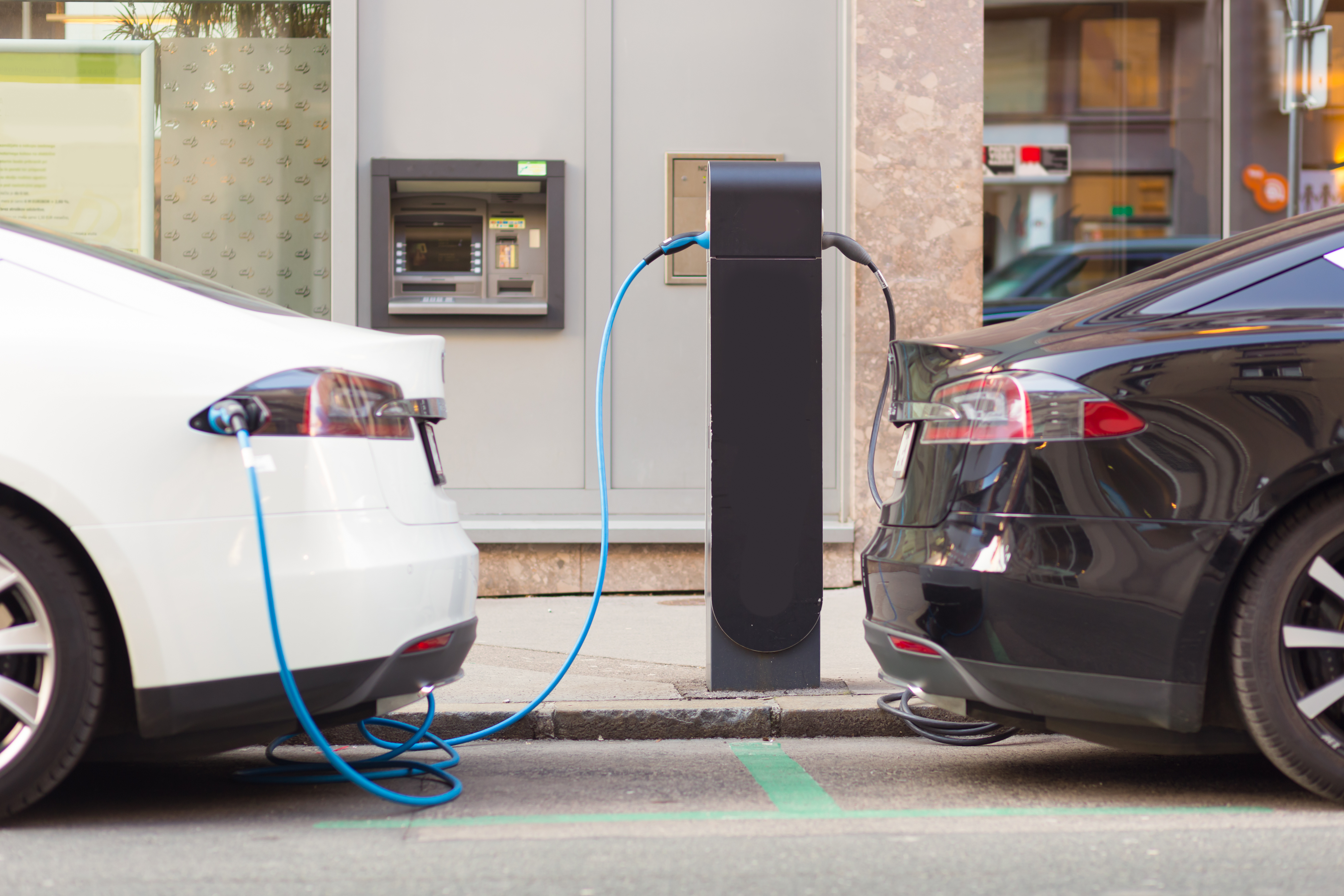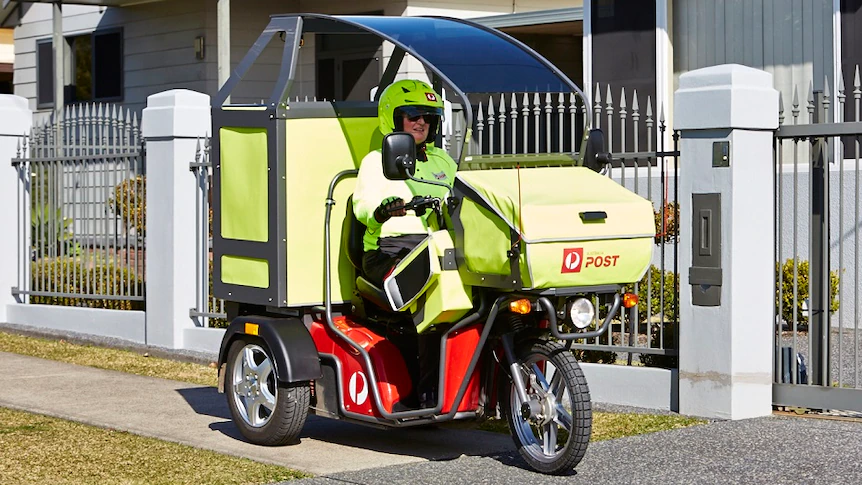There is more than one way to get a package or a person from point A to point B, but the prevailing technique has been to use diesel or petrol-powered vehicles - even for short trips. Although these vehicles have proven useful, and in many cases non-negotiable (e.g., public transport), they're costly.
For Australia, there is significant uncertainty about the rate of uptake of electric vehicles. By 2025, between 6% and 36% of new fleet sales are estimated to be electric vehicles, depending on the level of government intervention; however, even with massive uptake in electric vehicles, we're still left with a congestion problem.

The rise of electric vehicles in cities is a controversial topic. While the benefits of electric vehicles are undeniable - they reduce emissions and improve air quality - some people worry that they will add to congestion in cities.
Australia’s population is highly urbanised. About 59% of our population live in our four largest cities, with 40% of Australia’s population living in the two cities of Sydney and Melbourne. Cities are becoming gridlocked. According to Infrastructure Australia, the annual cost of road congestion will be $39 Billion by 2031.
Congestion is frustrating, but there is a bigger concern - one we are not all aware of and it's a silent killer - Air Pollution.
Air pollution is an invisible threat. It negatively impacts people every day and it is especially harmful to children. We all breathe air, subconsciously, around 20,000 times a day but sadly, the air we are breathing is toxic.
Compared to many countries around the world, Australia has a remarkably high standard of air quality. Despite this, approximately 5000 people die each year due to diseases associated with exposure to air pollution in our country. As @URBNRIDZ points out in their recent blog post, for a person who commutes 20 km a day (10km each way) and who work 250 days a year, this means the commuting distance is 5000 km a year. A typical car emits 130g CO2 per km. 5000 kms produces emissions of 650 kg CO2 per year. This is a lot. Most families have more than one car. Courier companies have many more vehicles on the road.
Moving goods in a sustainable way
Fortunately, some of your courier clients are rethinking how they move goods, opting for efficient last mile delivery vehicles for local deliveries.

Why move to an electric fleet?
There are a range of benefits to consider if you're contemplating the move to a green fleet;
#1. Lower Maintenance Costs
Electric vehicles require much less maintenance than traditional gasoline-powered vehicles, with fewer moving parts and no regular oil changes. This can save courier drivers a significant amount of money in maintenance costs over time.
#2. Reduced Emissions:
Electric vehicles produce no tailpipe emissions and thus have a much lower carbon footprint than traditional vehicles, reducing their impact on the environment.
#3. Improved Energy Efficiency:
Electric vehicles are more energy-efficient than vehicles with internal combustion engines. They convert around 59–62% of the electrical energy from the grid to power at the wheels whereas conventional gasoline vehicles only convert around 17–21% of the energy stored in gasoline to power at the wheels. This can lead to significant savings on fuel costs for courier drivers.
#4. Lower Noise Pollution:
Electric vehicles are much quieter than traditional vehicles, reducing noise pollution in urban areas and improving the quality of life for people living in these areas.
#5. Tax Benefits:
Some governments offer tax incentives for electric vehicle owners, providing additional savings for courier drivers.
Electric vans have a significantly lower carbon footprint than their diesel and gasoline counterparts, as they produce zero emissions when driving. This helps reduce air pollution, which can improve air quality and public health.
For more information on how we have supported clients more to an optimised green fleet, please Reach Out.
